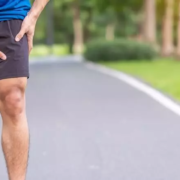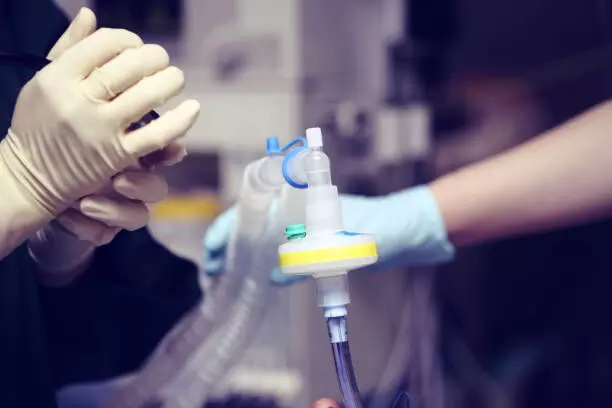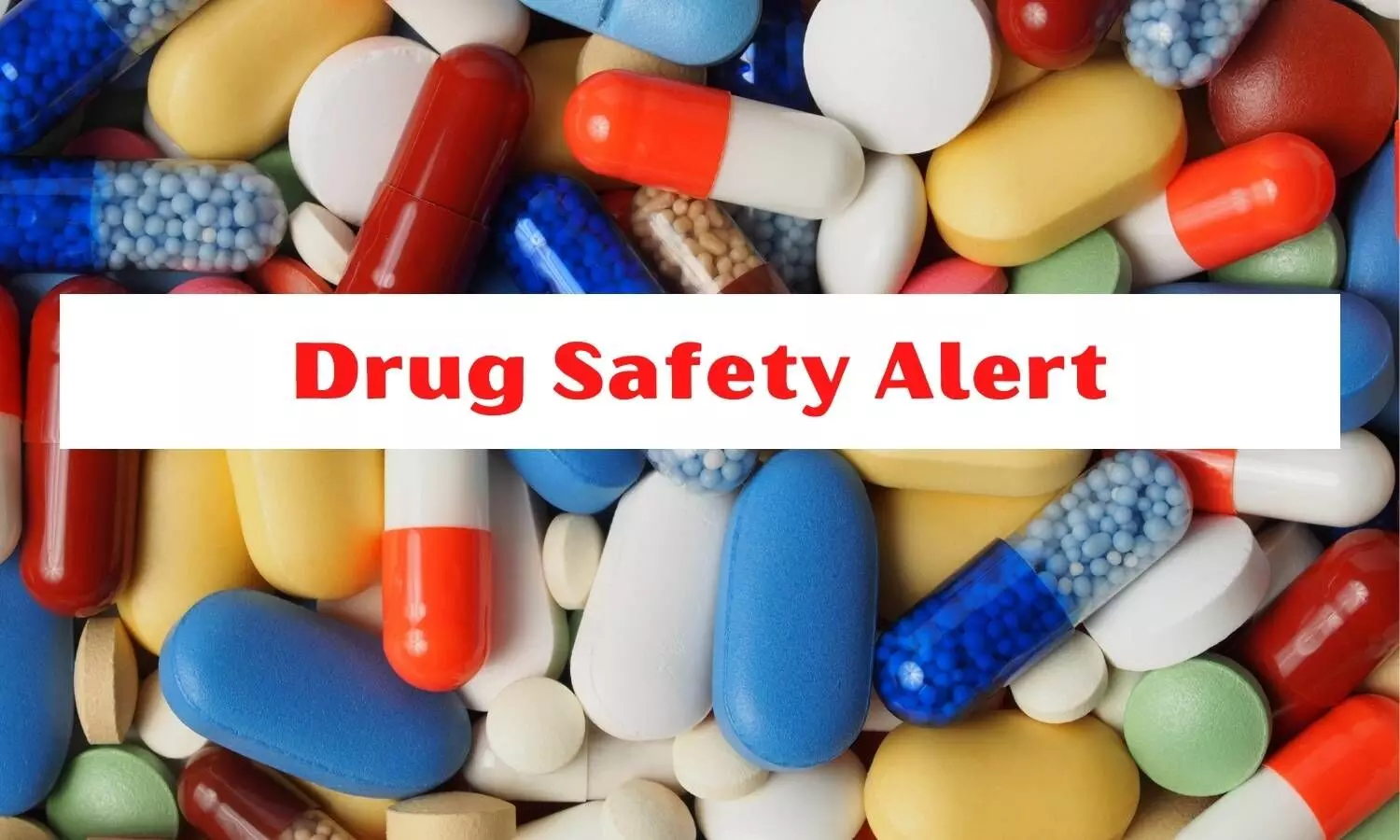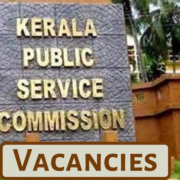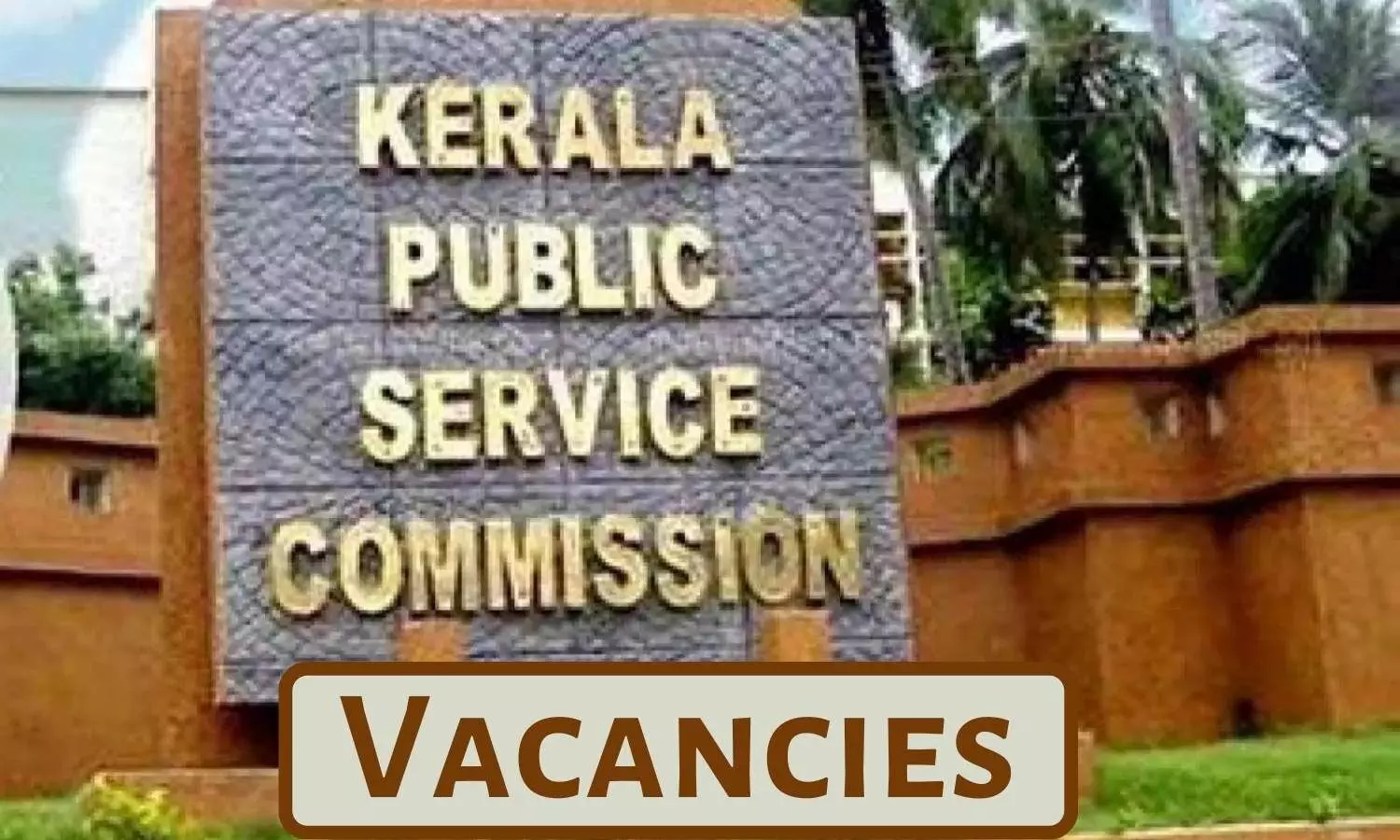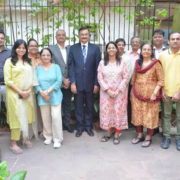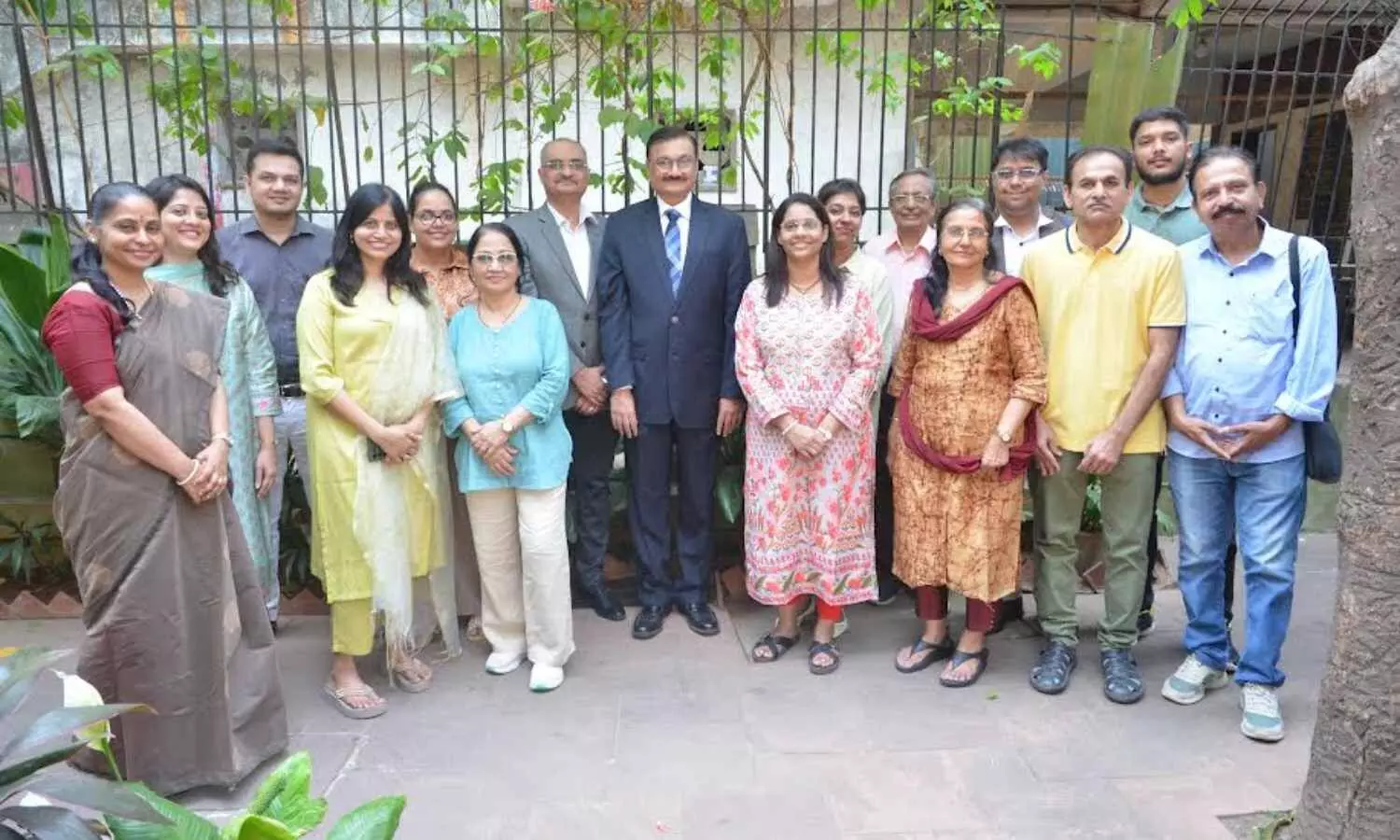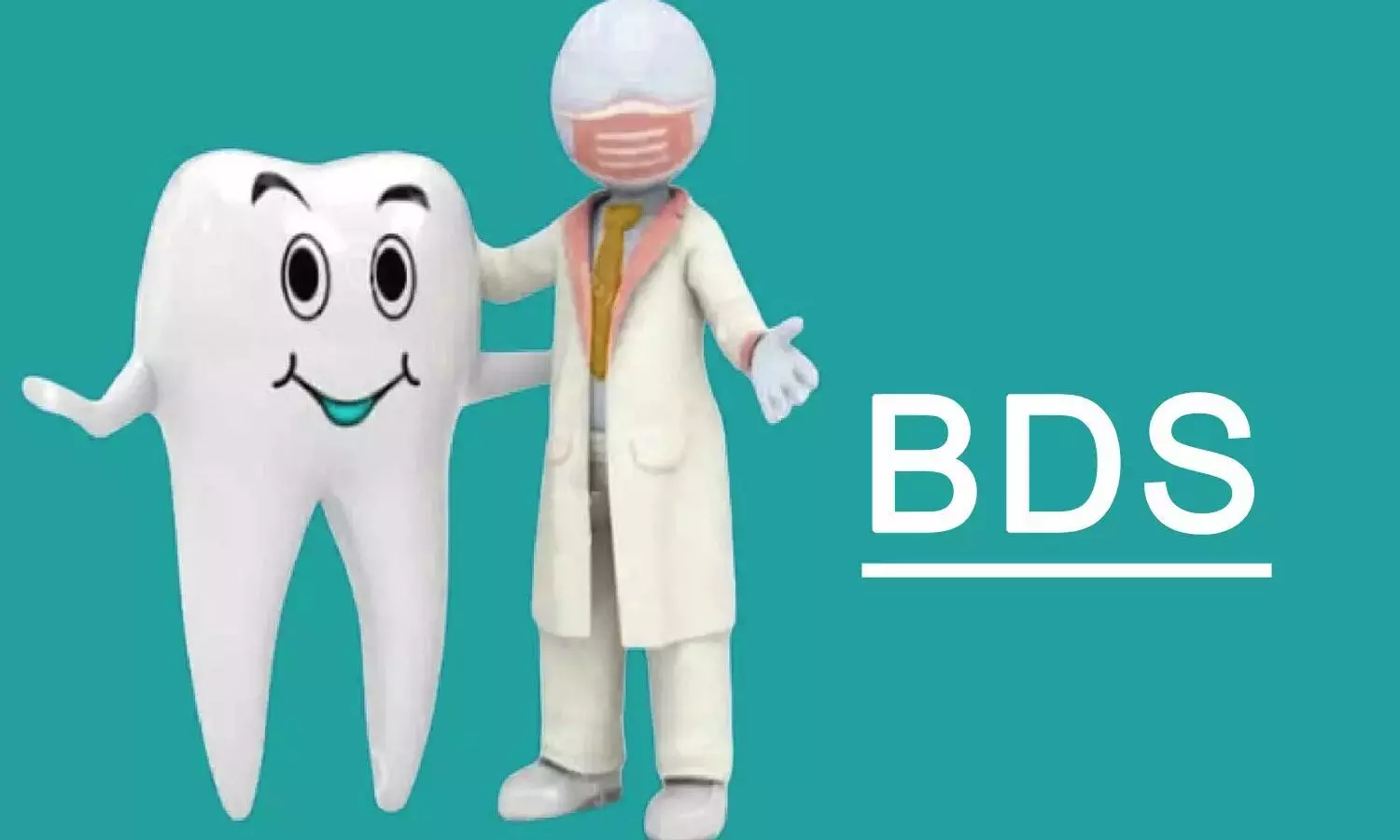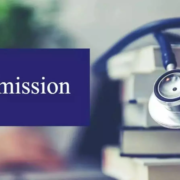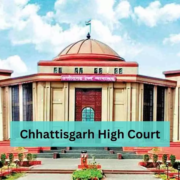Endoscopic Assisted Percutaneous Fixation of Anterior Inferior Iliac Spine Avulsion Fracture: Surgical Technique
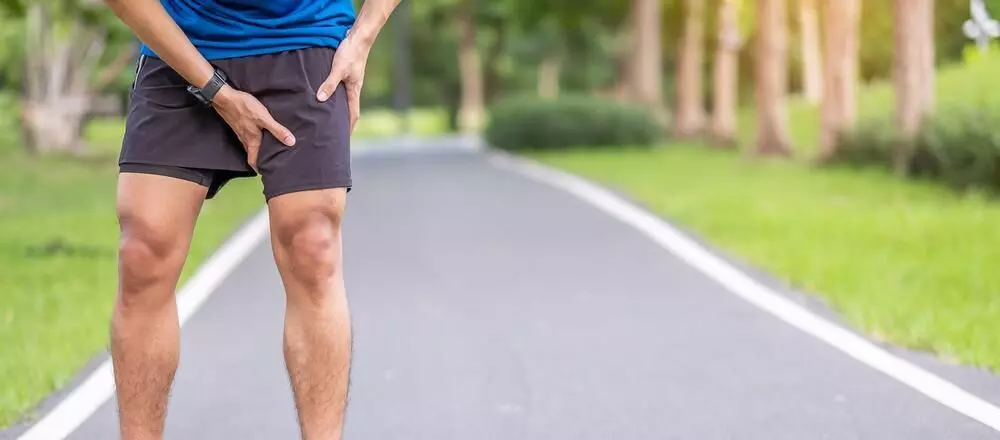
Avulsion fractures of the anterior inferior iliac spine rarely occur in adolescent athletes during rectus femoris contractions or eccentric muscle lengthening while the growth plate is still open. Currently, there are no official guidelines in the literature on the treatment indications of this type of fracture or the type of surgical technique to be used. Nowadays, young and athletic patients desire a quick return to their previous activities, which makes surgical treatment a reasonable choice. Open reduction and internal fixation with an anterior approach are usually recommended when the avulsion fragment has more than 1.5–2 cm displacement on plain radiographs. However, ORIF is associated with a higher risk of heterotopic ossifications and increases the risk of damage to the Lateral femoral cutaneous nerve (LFCN).
Alessandro Aprato et al designed an endoscopic technique to reduce these complications. The technical note describes a procedure of percutaneous fixation to AIIS through 3 endoscopic portals that could potentially minimize complications associated with an open surgical dissection, allowing anatomic reduction under direct visualization. It has been published in ‘Indian Journal of Orthopaedics.’
Technical note:
On a radiolucent bed, the limb to be operated on is left free so that the hip can be flexed during surgery if necessary. Through intraoperative x-rays, the AIIS is identified so the three endoscopic portals can be located:
(1)Lateral Portal (LP): 2 cm lateral to the AIIS;
(2)Direct Portal (DP): directly on the AIIS;
(3)Inferior Portal (IP): 1 cm inferior to the AIIS.
Starting from the LP and DP portals, nitinol wires are introduced, and then the 30° optic and the radiofrequency are placed. The water pump is activated until a pressure of 40 mmHg is reached. Approaching the LP it is crucial to avoid being too lateral to the AIIS as there is a risk of entering the territory of the LFCN; in fact, it emerges under the inguinal ligament, just medial to the ASIS and descends along the surface of the sartorius muscle, in case of injury there is a risk of causing paresthetic meralgia.
On the medial side, femoral vascular-nervous structures are at risk, so care must be taken to locate the DP and IP portals. By endoscopic vision, the fracture is identified; through the use of a shaver and radiofrequency, an accurate debridement of the fracture’s interface is performed, allowing it to be mobilized. Through the IP, a switching stick or a shaver is inserted, and it can be used for the reduction maneuver, with the aim of reducing the fragment as anatomically as possible. If there is difficulty in retracting the avulsed fragment, flexion of the hip can be helpful, detending the rectus femoris muscle. Once anatomical reduction is achieved, a 2 mm k-wire is inserted perpendicular to the fracture by the same portal, and an intraoperative x-ray check is necessary to confirm adequate temporary reduction. Finally, the definitive fixation can be performed with a partially threaded cannulated inter fragmentary screw 4.5 mm in diameter inserted by the IP.
Limitation of the proposed technique is the cost associated with the arthroscopic instrumentation, a possible extension of surgical time and the demand for excellent arthroscopic skills.
Further reading:
Endoscopic Assisted Percutaneous Fixation of Anterior Inferior Iliac Spine Avulsion Fracture, Surgical Technique
Alessandro Aprato et al
Indian Journal of Orthopaedics (2024) 58:433–438
https://doi.org/10.1007/s43465-024-01107-5
Powered by WPeMatico

